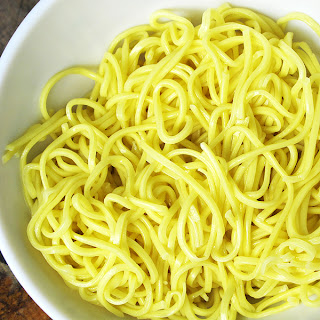The way fish is prepared in Japanese cuisine is
one of my favorites. The balance between savory and
sweet of this preparation is easy to achieve. Use any
white fish as long as it's not too flaky or flat like trout or sole.
I serve it with a little bit of arugula ( for its peppery flavor) and
some grated daikon.
(serves 2)
Ingredients:
- 3/4 lb white fish
- 1 tsp white sugar
- 2 tsp soy sauce
- 1 tbsp neutral oil (canola, grapeseed)
- freshly ground black pepper
- handful of arugula (optional)
- grated daikon (optional)
- Japanese rice (optional)
Directions:
Put a pan over medium/high heat and wait until it's hot. Add oil and fish, cook for 2 minutes (depending on its thickness, you may have to cook it for less or more). Add soy sauce and sugar, lower the heat and flip the fish over. Cook for another 2 minutes, until the sauce has thickened and is caramelizing/sticking on the fish. Sprinkle freshly ground black pepper and serve.

































